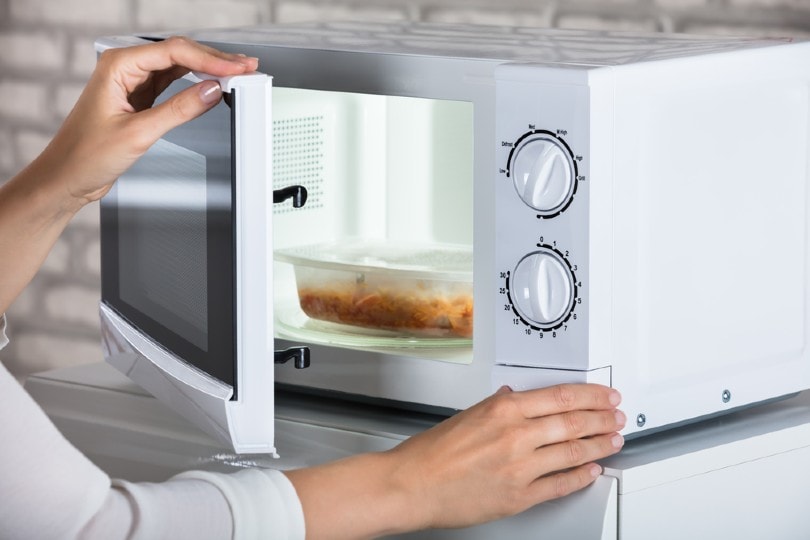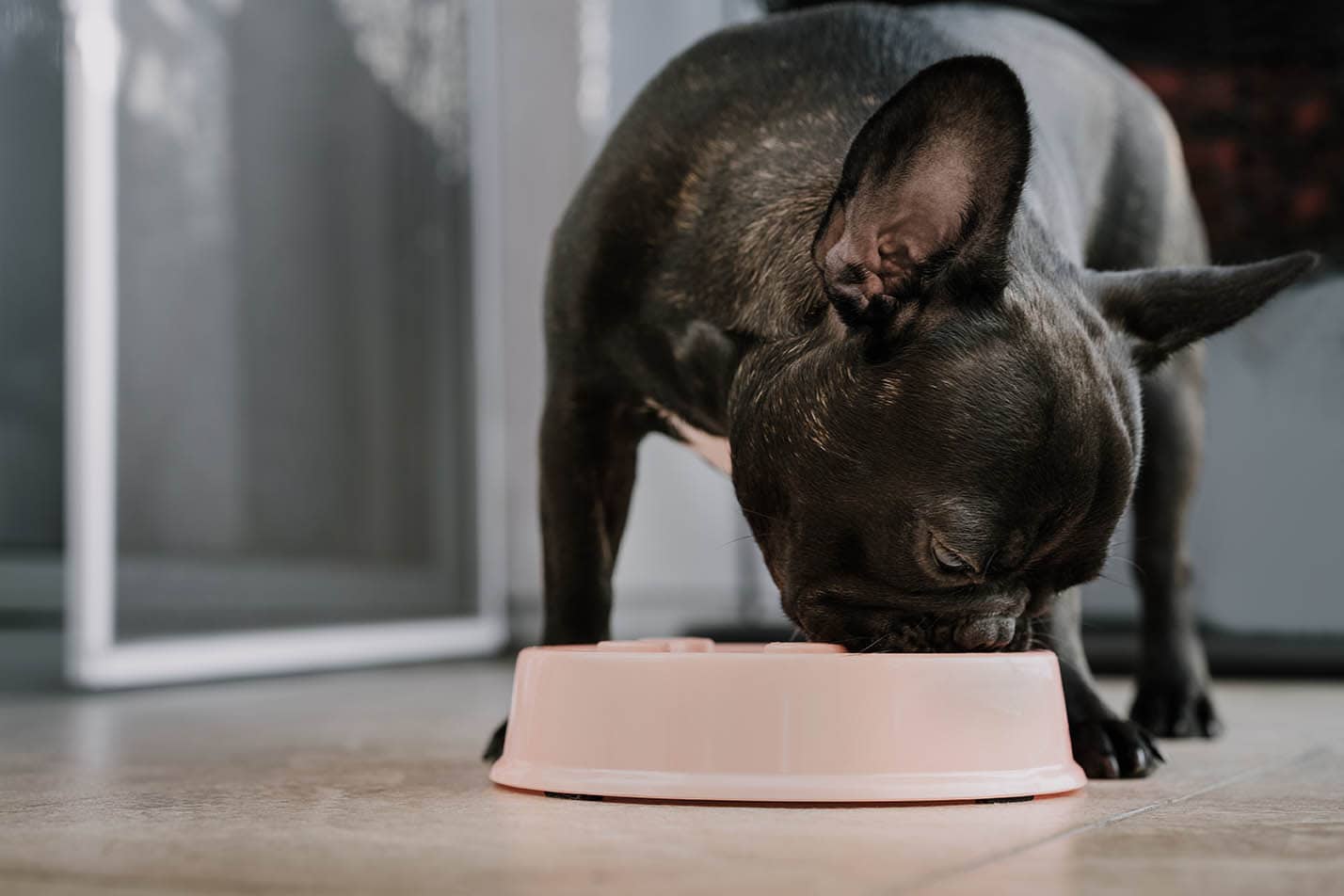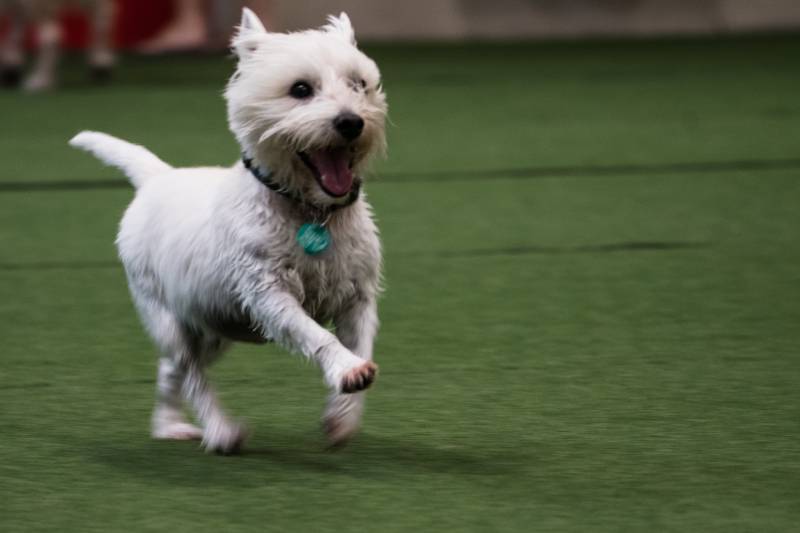Can You Microwave Dog Food? Vet-Approved Cooking Guide
Updated on

Let’s say that you have half a can of dog food left after your dog’s dinner. This half will be your dog’s breakfast, but it has to be stored in the refrigerator until then. While humans can take leftovers out of the fridge and warm them up in the microwave, can the same be done for your dog’s food?
The answer is yes! Most canned foods can be warmed in the microwave, but it is not advised to heat raw food the same way. Microwaving raw food will cook it, and it won’t be raw anymore, ruining the desired benefits of feeding this type of diet to your dog in the first place.
Today, we look at how to microwave your dog’s food properly.
Why Should I Microwave My Dog’s Food?
Some dogs just prefer a warm meal. Many people like their food warmed and dogs are no different. If the food isn’t warm, it should at least be at room temperature. This enables your dog to smell and taste it the way that it was meant to be.¹ If the food is too cold, it won’t smell the same and may not entice your dog. Heating it is one way to keep your dog interested in it.
Elderly or blind dogs may need to rely on their sense of smell to find their food dish. Warm food will offer more of a scent to attract them. Some dog owners believe that wild dogs would kill and eat their prey while it was still warm, so warm food makes sense to provide to domestic dogs.

How Do I Microwave My Dog’s Food?
First, never microwave the food while it’s in the can. Metal cannot go in the microwave, so transfer the food from the can to a microwave-safe dish first. You may want to cover this dish so the food doesn’t splatter.
Microwave the food at medium power in 10–20-second intervals until it reaches your desired temperature. Food between 93°F and 102°F is ideal.
Remember to mix the food. Microwaving can cause hot spots. One portion may feel cool while a blistering pocket is waiting underneath it. Stir the food until it’s warm and there are no hot spots that could burn your dog’s mouth.
Alternatives to Microwaving
If you don’t have a microwave or don’t want to microwave your dog’s food, there are a few alternatives.
Heat—but don’t boil—a pot of water on the stove, and empty your dog’s food into a sealed, plastic bag. Let the bag soak in the hot water until it’s warmed through. You can also use a double boiler for this if you have one.
Hot homemade broth or water can be mixed into the cold food until it warms it enough to be palatable. You can also microwave the liquid to warm it before stirring it in.
It is not a good idea to leave the food out of the fridge to warm up naturally until it reaches room temperature. This can take too long depending on the amount of food, your fridge settings, and the environmental temperature, and it will likely enable bacteria to grow on the food. To avoid making your dog sick, don’t leave their food out for longer than 2 hours.

Final Thoughts
Microwaving your dog’s canned food after it’s been in the fridge is a good way to entice them to eat by increasing the food’s flavor and scent. Cold food may not offer the same aroma, and dogs may not want to eat it.
If you choose to microwave your dog’s food, remember to stir it well before serving to eliminate any hot spots that could burn them. You can also use an alternative if you’d rather not use a microwave to warm the food. Microwaving raw food is not recommended because it can destroy the nutrients in it.
Featured Image Credit: Zen Chung, Pexels












